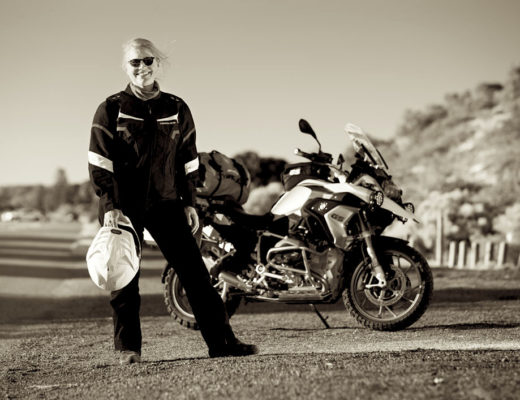From the once perceived safety of our island shoreline, the Coronavirus has thrown us all down a crap shoot into isolating bubbles locked off from the world and yet equally connected together in a collective global shit-storm of epic proportions.
BC19 (before Covid-19) my motorcycle travels continued north east, leaving the Barossa Valley on the cool drizzly morning of the 28th February heading for Broken Hill. From wheat-stubble-carpeted rolling hills of the North Barossa to the flinty rocky outcrop littered landscape of Burra and beyond, this post will cover my motorcycle travels up until the unexpected decision to return to the Barossa not quite a month later due to the Coronavirus and border closures.

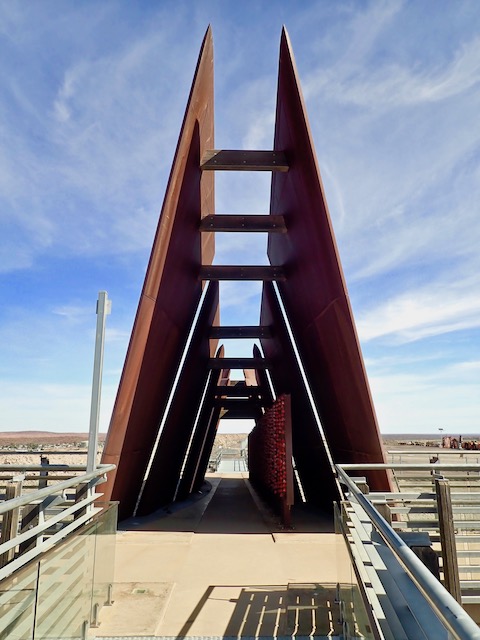
BROKEN HILL & SILVERTON, NSW: Broken Hill is an outback mining town that much like the mineral resources below ground, felt like it kept giving the deeper you scratched below the surface. The dramatic Line of Lode Lookout and Miners Memorial sits on the edge of an enormous mullock heap that divides the town offering sweeping views. Opened in 2001, the memorial is a tribute to the 800 + lives lost while working in Broken Hill mines since 1883. A display board that runs down the inside of the tilted panels lists the miners names each with a red rose, the date of their passing and the cause of death.

The Living Desert Reserve sculptures were the biggest surprise and highlight. 53 tonnes of sandstone were transported from Wilcannia to a hilltop site 12km north west of Broken Hill for a sculpture symposium in 1993 participated in by 12 artists from around the world. This collection of stunning sculptures overlooks a 2400 hectare reserve in the Barrier Ranges designed to provide visitors with a unique insight into the flora, fauna and Aboriginal culture of western New South Wales.


Within a restored stone Bond Store, The Albert Kersten Mining and Minerals Museum, also known as the GeoCentre, showcases the rich mineral history of Broken Hill. This geological science museum houses a 42kg silver nugget, a large mineral collection with interpretive hands-on displays highlighting the history of the planet and the science of crystals.

Silverton is a small boom and bust frontier, once silver mining town about 30km north west of Broken Hill that is now more famous for being the site of iconic movies such as Razorback, Mission Impossible II, Mad Max 2 and Priscilla, Queen of the Desert. There are a few remaining buildings of significance, one being the gaol that was constructed in 1889 and now has a large display of historical items from life in Silverton in the early days. The above image is of the two salubrious latrines in the female exercise yard.


The Silverton pub is another remaining building of significance that was rebuilt after the original that opened in 1884 was destroyed by fire in 1918. Bolshy town resident donkeys stroll the wide open dirt streets in search of treats including being able to stick their heads in air conditioned doorways. The old school, filled with education booklets and displays of furniture and materials used during the early to mid 1900’s is also (since a few years) ‘now open’ to visitors.
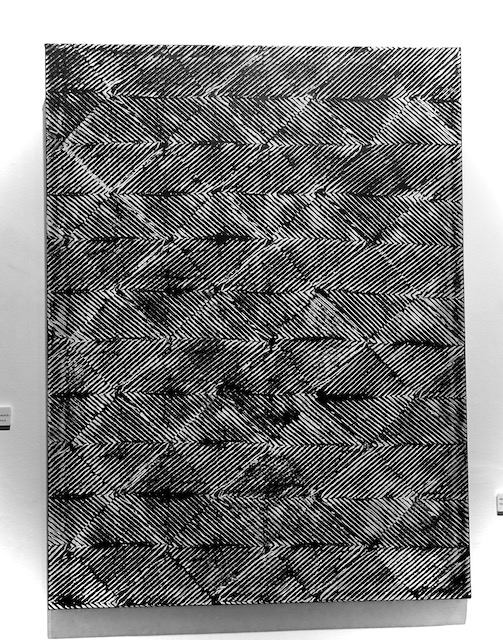

The 10th Anniversary of the Maari Ma Indigenous Art Awards were on show at the Broken Hill Regional Art Gallery with the first prize awarded to Marcus Kennedy for his painting Beginnings. ‘This is my beginning of a new style of paining; a new interpretation on traditional barkindji carvings and line work we can see in old objects that are now held in museums.’

Regional and outback communities always seem to include people of strong individual character. Kevin Hart was dubbed ‘Pro’, short for professor by children in his early years who thought the inquisitive boy was a ‘bit of a know it all’. It stuck. Broken Hill was his home for his 77 years and the subject of many of his narrative paintings, which have ended up in collections around the world. The Pro Hart Gallery is dedicated to keeping his self-taught Australiana-style paintings and memory alive.

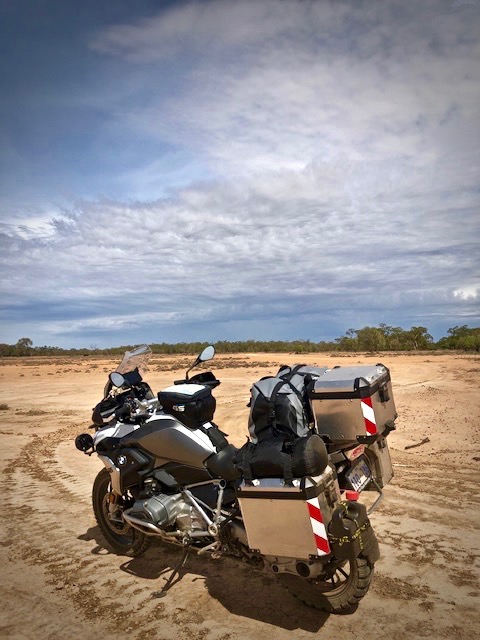
EMMDALE ROADHOUSE, NSW: Having now covered a few thousand kilometres, my experience of food offerings in roadhouse fuel stations is general predictable. The heated pie cabinet with wrapped bricks of varying dimensions and dodgy contents, the triangle pouches with limp soggy sandwiches; muffins and biscuits that all look like they come from one giant plastic factory. Just occasionally a surprise comes along and Emmdale Roadhouse situated between Wilcannia and Cobar is one of those rare gems. The menu lists the usual selection from the grill and fryer but also offers old-fashioned gems such as in-house made apple pie, bread & butter pudding and home-made carrot all made with fresh ingredients.

EUMARRA STATION, NSW: A hugely enjoyable aspect of my travels across Australia has been catching up with and often staying with friends and family whom I’ve long not seen. Gina is a wonderful cook and friend from my time at Lamonts Food & Wine Store that was on St Geroge’s Tce in Perth CBD some 22 years ago. Knowing I was including some remote routes, Gina and her husband Rob extended an invite to their sheep station near Brewarrina. A small town in outback NSW some 100km east of Bourke. Despite having to manage years of drought and the re-prioritizing of resources that demands, their warmth, generosity, resourcefulness and ability to take joy and pleasure from small acts of self-care, humor and kindness was humbling and memorable.
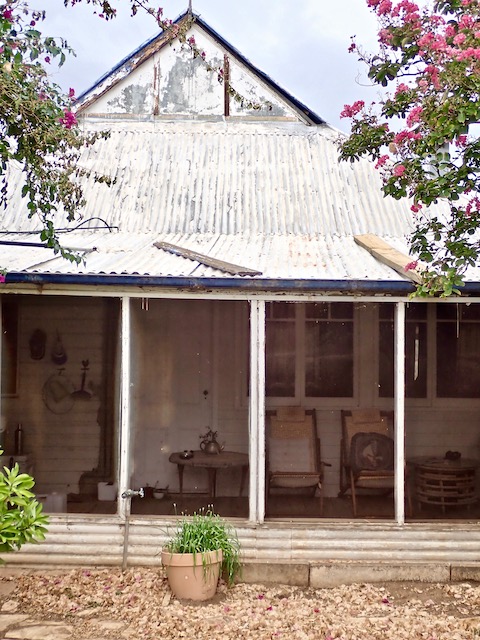

Rob’s grandfather established Eumarra station in 1922. Now 30,000 acres, covered by old-man saltbush, leopard wood and coolabah trees, they run mainly merino for both wool and meat. The station home has wrap-around verandas covered in fly mesh where life in the home is lived out close to 12 months of the year.
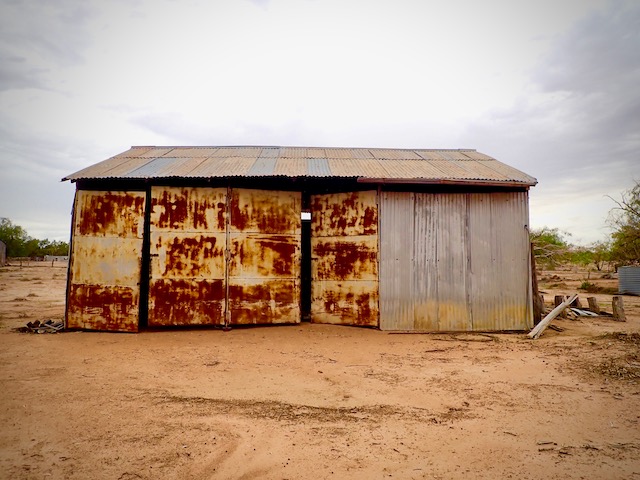
Surviving, patina-covered outbuildings from a previously separate property that’s now part of Eumarra were fascinating to fossick around in.

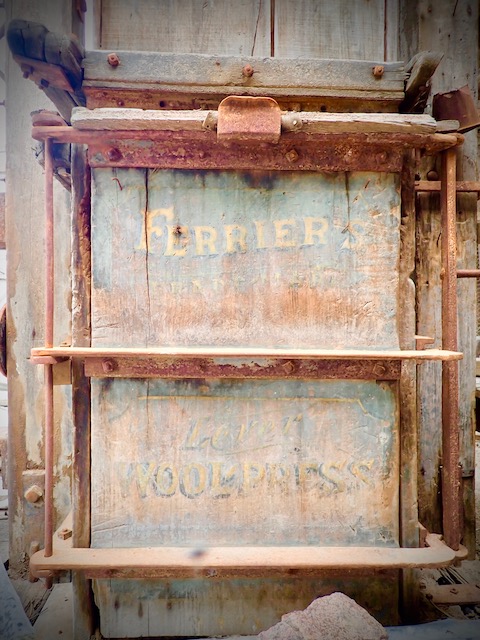
Painted, patterned pressed tin bedroom walls and an ancient wool press slowly receding into time.
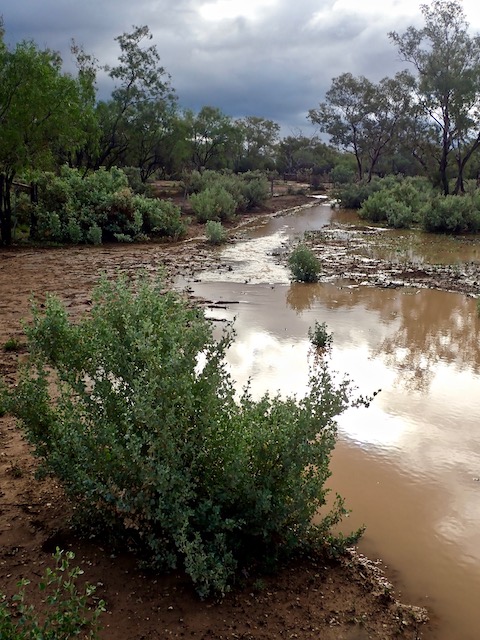
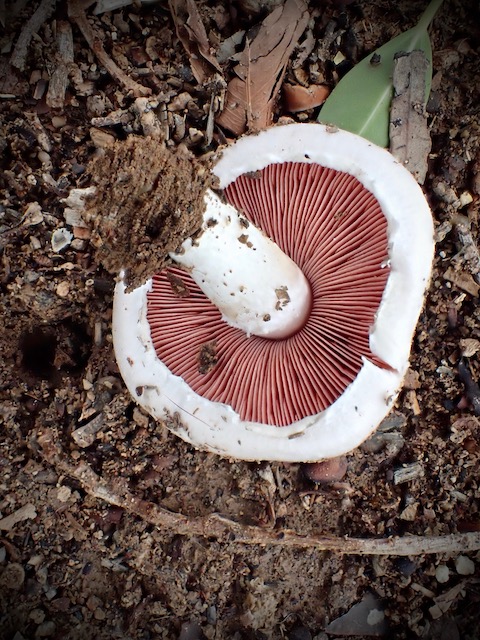
Every drop of rain is precious. Aside from 2016, Eumarra has been in drought since 2013 with the past year being the worst on record. A wonderful 63mm fell within the few days I was visiting. Everything changes with rain and remarkably a field mushroom popped it’s snowy white cap above the dirt surface.

HILL END, NSW: After leaving Eumarra, I traveled to Mudgee to stay a couple of nights before inching closer to Sydney. Quite a few years ago I had the pleasure of sitting with Maggie Beer in a Perth theatre to watch her ancestry story being told on the SBS series Who Do You Think You Are. Earlier generations of her family started out in Hill End. A protected historic gold mining village 72km from Mudgee. Ackermann Cottage is lovingly cared for by a family connection and is open to the public at varying times.
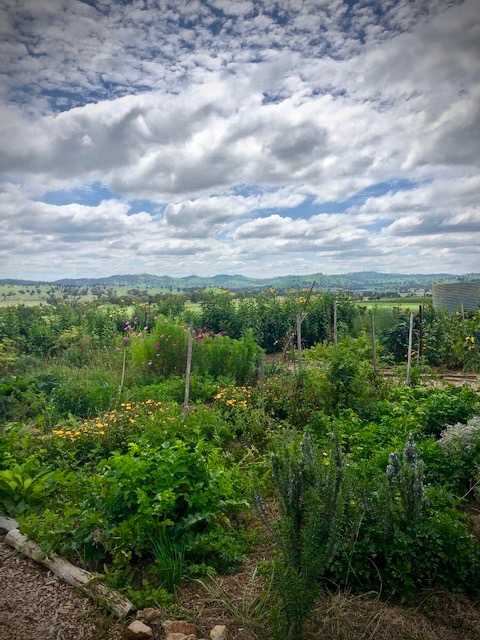
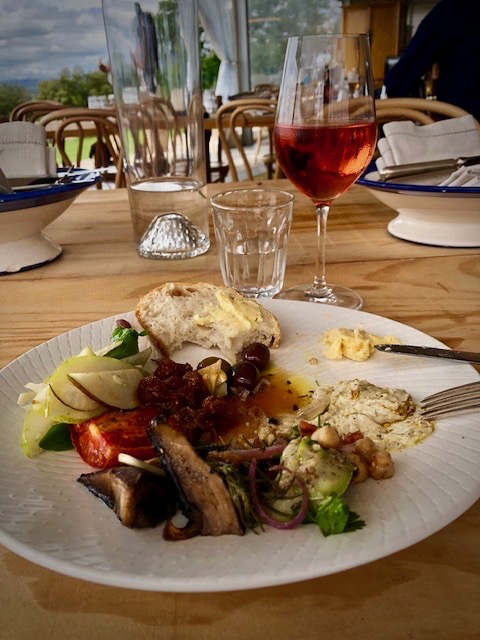
MUDGEE, NSW: A winery lunch on a Sunday is to me one of life’s great pleasures. I’d long known of the NSW regional chef Kim Currie through her tireless work in regional development including food and wine tourism in the town of Orange. Now 7km from Mudgee, Kim together with her husband David Lowe own and hands-on operate The Zin House farmhouse restaurant, which is situated on the beautiful ‘Tinja’ property. 1000 acres of certified organic and biodynamic farmland, vineyards and stunning veggie patch. After a delicious and generous grazing-table style lunch in the Pavillion, I was fortunate to spend an hour with Kim walking through her garden and sharing our common views and approaches in the kitchen; the similar and different struggles of operating a regional food business and life now as driven women in the industry with a good 30 years on our apron strings.

The name ‘Zin’ is an abbreviation of Zinfandel; the grape variety Lowe Wines is most famous for and the vineyard Zin House overlooks. Kim’s philosophy: ‘We produce food that tastes of where we live, not overly tricked up or played with and prepared from scratch using classic techniques. Wine is from the estate or by other producers whose quality and principles reflect our own. The dining experience is designed to allow you to relax and reconnect. We are a set menu, set price restaurant and dining is predominantly communal. We believe in quality, generosity and authenticity. We limit the times we’re open and the number of people we seat so we can concentrate on providing a focused and fresh dining experience and allow time to grow and harvest. Zin House also supports other local growers and pay them properly for their products so they’ll still be here next week and next year.’ A must visit (when life out of hibernation resumes) for conscious eaters!
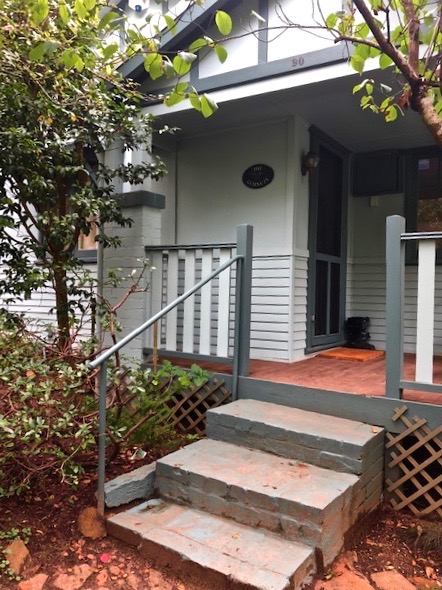

BLACKHEATH, NSW: I’ve been privileged to have formed friendships, passing and close, with a handful of women in food; one being the professional, highly accomplished Julie Gibbs who has contributed enormously to our collective education and appreciation of food culture in Australia through food publishing. Julie also extended a generous offer of a stay in her incredibly tasteful Blue Mountains cottage The Gumnuts. Given the cold damp weather so typical of the mountains, the cosy warmth of this gorgeous cottage, including preparations for a batch of scones on the kitchen bench should the whim take hold, was very restorative after peeling off the layers of wet weather bike gear.

SYDNEY, NSW: A few days in Sydney meant time to unpack long enough to sort and assess my provisions and equipment I’d been traveling with on the bike now for 7 weeks. Along with camping and travel stores, restaurants I’d long had on a Sydney bucket list, a walk around Circular Quay to again take in the magnificent Opera House and Sydney Harbour Bridge. Ominously, watching the long line of people boarding a cruise ship berthed in the harbour that day felt even then, the second week of March, to be a high risk choice.

Luckily, I’d jagged coinciding dates with friends who’d flown into Sydney the day before my departure. Loretta and Merrick were in town for the opening of Merrick’s exhibition of paintings Anthropocene Landscapes held at May Space gallery in Waterloo; the above painting from this exhibition is titled ‘Rottnest Island Ti-Tree’ 2019. A member of the Art Collective in Perth, Merrick Belyea is an artist whose work I’ve long been drawn to. Layered and full of gnarly depth, his work is best described as published on the Art Collective website: ‘Merrick Belyea focuses on the curiously human appetite for destruction in his work. Environmental concerns are central to recent paintings that refer to a potential for devastation and offer a portent to future mechanical scarification of the landscape. Paring back the veneer of previously prepared paint layers reveal the detritus of process and the fragility of surface.’


MOSS VALE, NSW: After having my bike serviced, provisions restocked and the compass reset to south (east had run out) I rode a short, wet and very cold way to Moss Vale in the Southern Highlands where friends John and Sue Ward own and operate Argyle Street Wine Merchant & Bar. After peeling off sodden frozen layers, Sue sat me down with a bowl of hot vegetable soup and crusty bread. Nothing tasted so good nor felt so incredibly warm and kind.

The following day we visited one of Sue’s favourite fresh produce growers, Phil Lavers. His farm is called Moonacres. It’s a 150 acre property with 15 acres of its highly productive and rare 10 metre depth of volcanic topsoil under biodynamic and organic cultivation mapped out in what Phil calls a spreadsheet of beds with which he likens it to playing a bio-diverse game of Tetris. Here John and I are chowing down on just picked corn cobs bursting and dripping with sweet starchy juices as Phil quipped, ‘By the grace of the corn we get to have another day.’
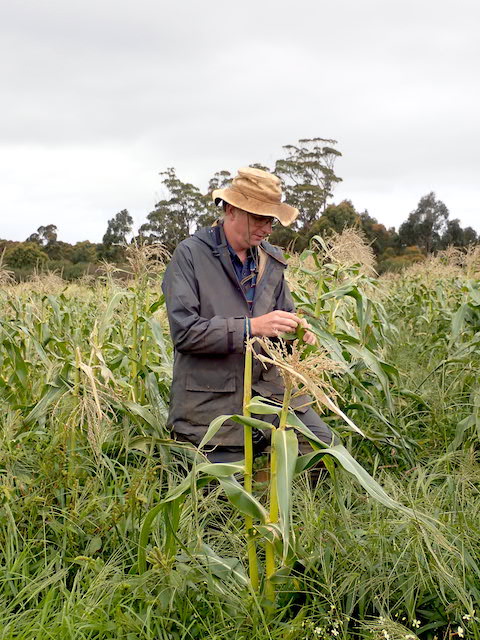
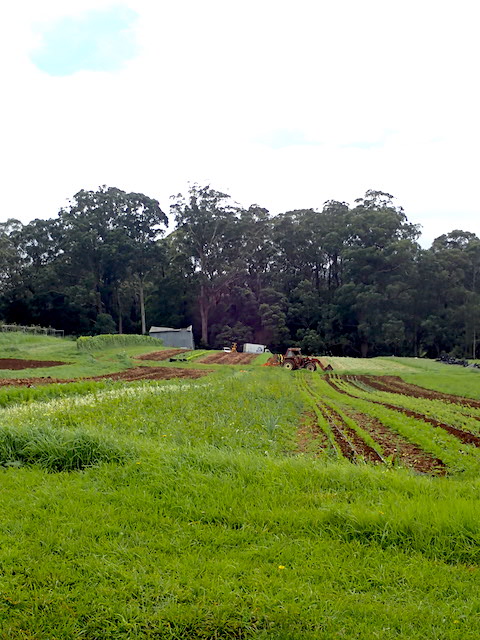
Phil explained as we walked his ‘game of Tetris’ that biodiversity in both cultivated and wild species of plants is a delicate balance of mineral exchange and microbial life that expresses itself through the flavour and vitality of his produce, ‘My mission is to get people to eat good food and realise they are soil’.
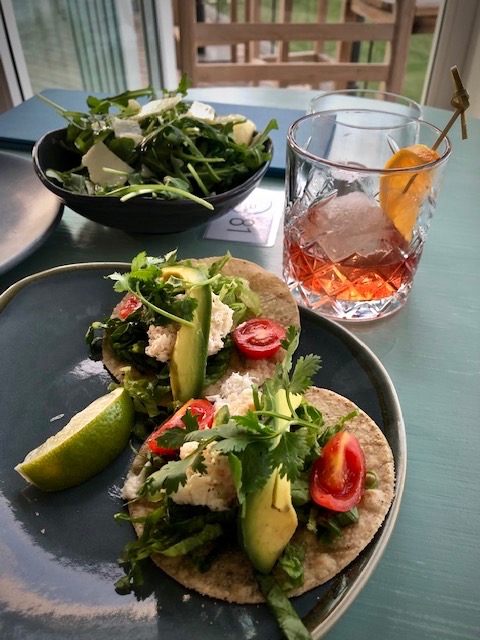

MOLLYMOOK, NSW: Next stop was Mollymook; made famous by Rick Stein and his restaurant simply named, Rick Stein at Bannisters. Bannisters is a luxury resort perched high up on a south coast headland. By this stage, the first round of social distancing had come in to effect which meant being able to dine in the restaurant wasn’t possible, however a Negroni, fresh crab tacos and a rocket, Parmesan salad by the infinity pool wasn’t an entirely poor substitute.

BERMAGUI, NSW: In planning this trip, I wanted to include south coast communities that had been effected by the recent devastating bush fires. This wonderful bakery, Honorbread in Bermagui was certainly a small business I could’ve happily shelled out some serious coin for some seriously good bread and pastries. However risk to increased personal girth with very little motorcycle girth for increased luggage dictated a much smaller purchase than desired!


The town of Bermagui hugs the edges of its spectacular harbour, under the shadow of Gulaga Mountain (Mt Dromedary) on the beautiful Sapphire Coast of NSW. It’s a small, very scenic seaside town famous for fishing and all other types of coastal activities. An iconic attraction is the Blue Pool. In the 1930s the Blue Hole pool was blasted and worked into proper rectangular baths and used for training and competition swimming. The viewing platform above the staircase to the pool offers spectacular coastal views to the north and south and is one of the best shore-based whale watching spots in Bermagui.
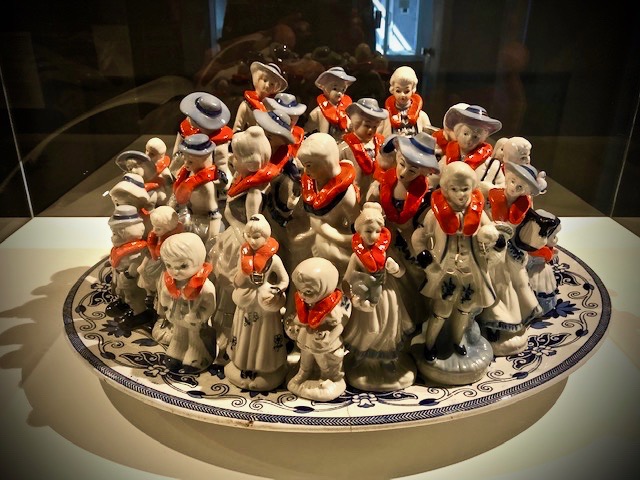
BEGA, NSW: On my next short journey southward through beautiful, now green dairy country framed by horrendously charred skeletal bush further than the eye can see, I stopped off at the Bega Valley Regional Gallery. The gallery hosts touring exhibitions of national significance along with its own exclusively curated artistic program as part of its cultural tourism plan that is designed to engage tens of thousands of visitors to the region annually. The current exhibition: ‘Craftivism. Dissident Objects and Subversive Forms presents the work of 18 contemporary Australian artists who utilise craft based materialities with a political intent. Broadening our understanding of craft-making traditions, the artists in this exhibition subvert and extend these forms into the realm of activism and social change, reflecting on the world in which we live.’
This above work, a collection of ceramic figurines butted up against each other wearing life-jackets, is by artist and professional ceramics conservator Penny Byrne: ‘Byrne highlights the perilous and desperate journey undertaken by millions of asylum seekers from their homelands in order to escape political persecution and start a new life. Her use of re-purposed decorative ceramics has a disarming quality that enables the viewer to reflect on Australian and global politics and the hotly contested issues of immigration and border control.’


The image on the left is of a separate community project called: Community Participatory Embroidery, Thoughts and Prayers, 2015 – 2018, which was facilitated by contemporary performance artist Liam Benson. A collection of embroidered flowers are positioned on a sheer black draped fabric created by community members as a tribute to loved ones in memory and mediation for someone of personal significance.
The image on the right is work by artist Catherine Bell titled Crematorium vessels 2012 – 2013: Over the course of a year-long artist residency at the Caritas Christi Hospice in St Vincent’s Hospital, Melbourne, Bell carved floristry oasis into the shape of crematorium urns. For Bell, the Oasis vessels are embedded with the energies of each patient and their room. As vestiges of presence, they act as memorials that stand in for bodies in space.

EDEN, NSW: An odd thing occurred the further east I traveled. Normally I generally have a good sense of direction however a feeling of directional disorientation seemed to get stronger the closer I came to the east coast. For 30 years the sun has always risen from behind and set in front and for the years in Fremantle, setting on the horizon line of a seascape. The above shot is of the sun rising on the beach at Eden. Positioned on the third-deepest natural harbour in the Southern Hemisphere, Eden is a small town with a history of whaling and in more recent years, commercial fishing and the cruise ship travel industry. I wonder if the reverse situation also occurs for eastern state travelers heading to the West. A route starting from either side of the country not likely to be taken by anyone for some time.


LAKES ENTRANCE, VIC: Veering around the bottom corner of the country now comfortably again resuming a westerly direction, I rode further onward to Lakes Entrance. Lakes Entrance is situated on a man-made channel that links Bass Strait and the Tasman Sea with a 400 square kilometre network of inland waterways known as the Gippsland Lakes. With a high concentration of marinas and jetties along its extensive lake coastline, it’s the base of one of Australia’s largest fishing fleets. The Fisherman’s Co-Op, located on Bullock island, sells a wide variety of freshly caught fish to the public.
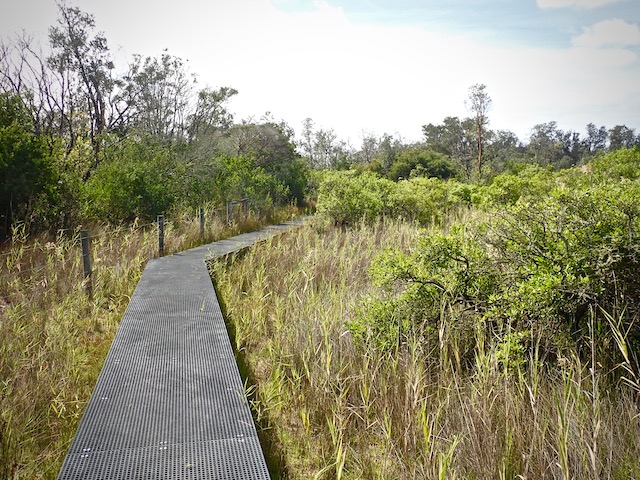
A walk across the popular landmark footbridge, which crosses Cunninghame Arm, links the town centre with the sand dunes and windswept coastline of Bass Strait. I took this beautiful and easy 5 kilometre return Entrance walk from the footbridge along the narrow peninsula of land which separates the still waters of Cunninghame Arm from the choppy waters of Bass Strait along some scenic coastline and coastal bush to the Flagstaff Lookout.


I’m more of a walker borderline dawdler rather than hiker on such a mixed and varied vegetation walk. Trees living and dead, were covered with lichen, moss and fungi begging investigation and photographing.
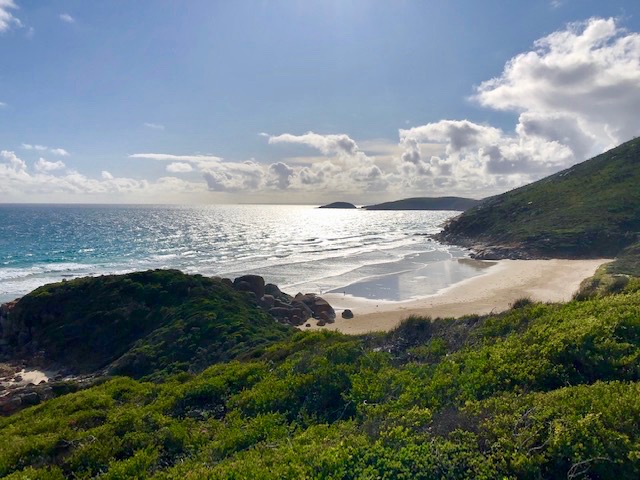
WILSONS’S PROMONTORY, VIC: As the days rapidly slid towards border closures and stronger social distancing, there was just enough time for a night’s stay in Foster on the northern end of the Wilson’s Promontory National Park; the southernmost tip of mainland Australia. Located 230km from Melbourne, ‘The Prom’ offers extraordinarily beautiful landscapes, seascapes, peaks and flats with linking walks and unique native wildlife experiences. Only having an afternoon, I rode down in to the park to take in the very scenic Whisky Bay.
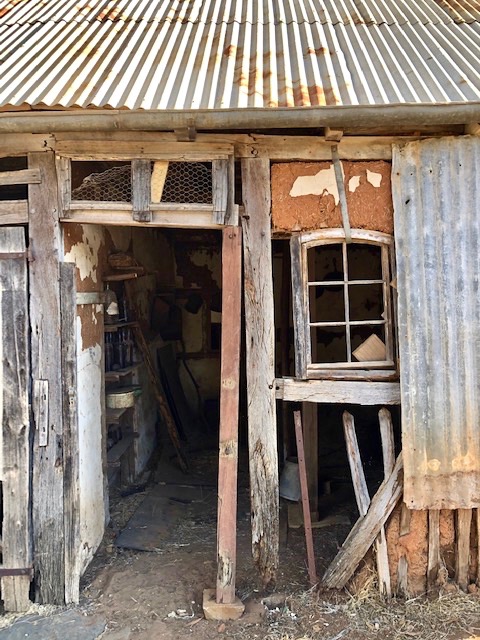

LIGHTS PASS, SA: It was at this point that Covid-19 took over, state governments were very quickly closing borders and I had to decide where it was best to lay low with an unknown future timeline. Again the generosity of friends made it possible for me to return to the Barossa Valley in South Australia to stay in their now vacated B&B that is located in Lights Pass, separate to their home and close enough to aging parents, brothers in Nuriootpa and Greenock and extended family. Lights Pass is a small settlement with early settler cottages and outbuildings, two Lutheran churches (a stubborn and split community’s resolution to conflict), a primary school and some post boxes situated between Nuriootpa and Angaston was where I traveled to for primary school all those years ago.

An afternoon daily walk lead me back to my old school grounds and the Strait Gate Lutheran Church which is situated alongside the old school buildings that are now used for Girl Guide meetings. One of the principles of symmetry in architecture is its function of centering gravity, creating balance and stability. The early congregations must of been planning on a pumping pipe organ and energetic hymn singing. Certainly not my recollection of weekly chapel…


And so I now find myself at the beginning of April working out how to navigate the next few months in this time of a pandemic. Having to be still and in one place has not come easily when the plan for this year was to ride my life-force of a bike, to adventure into places unknown and discover life after a long and difficult period. However a stern self-talking to and reminder of a lesson learned not so long ago that perspective and adaption to a current circumstance have been some of the best tools to work through a crisis with. That and some basketing with roadside weeds, attempting still life’s with pastels and cooking from my generous friend’s garden. It seems (for the time being) the Barossa has brought me back to where it all began.




